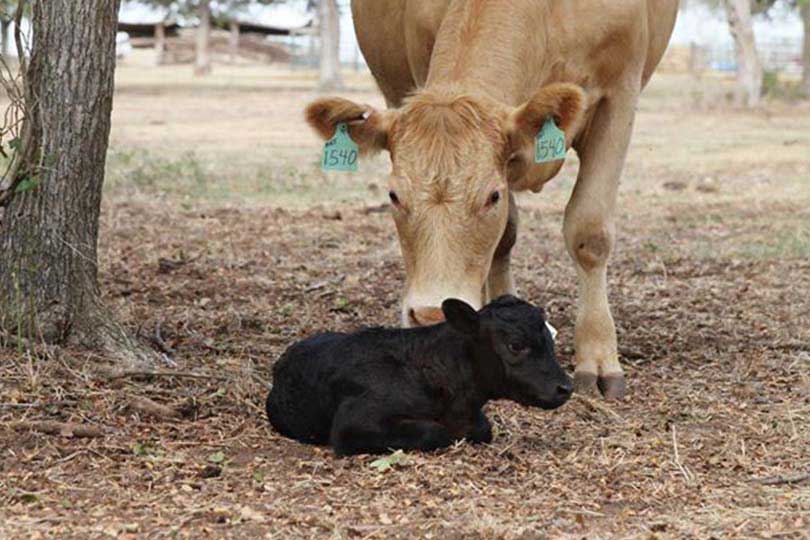Calving season is underway, and there are a few techniques ranchers can use to help ensure they have a successful calving season.
Veterinarians agree calves can be saved if the cow is observed having a problem calving.
Checking cows year-round is labor-intensive. It’s recommended that ranchers have a calving season and cows only be exposed to bulls for 90 days.
Keeping a close eye on cows even for 90 days can be demanding. But Dr. Judd, host of Texas Vet News on the Texas Farm Bureau (TFB) Radio Network, noted there are ways cattlemen can reduce the workload and make this season a little easier.
The Koneful method has been shown to be effective in several studies, including one in Iowa and one at Kansas State University. The method was developed in the ’70s by Canadian Gus Koneful that feeding heifers in the evening will cause more of them to calve in the daytime.
“The study in Iowa involves over 1,300 cows and all were fed once daily at dusk,” Judd said. “Results showed that 85 percent of the cows calved between 6 a.m. and 6 p.m.”
The study at Kansas State involved feeding cows sorghum hay from 4 to 6 p.m. and monitoring calving times, according to Judd.
“Their study also showed that 85 percent of the calves were born from 6 a.m. to 6 p.m. which certainly makes it easier to observe most of the cows at calving time,” Judd said.
He noted it’s unknown why this method is effective.
“But it is believed that pressure in the cow’s rumen is increased by feeding at night and pressure declines in the daytime, which could favor calving in the daytime,” Judd said.
Judd’s program can be heard daily online and on TFB Radio Network affiliate stations.

